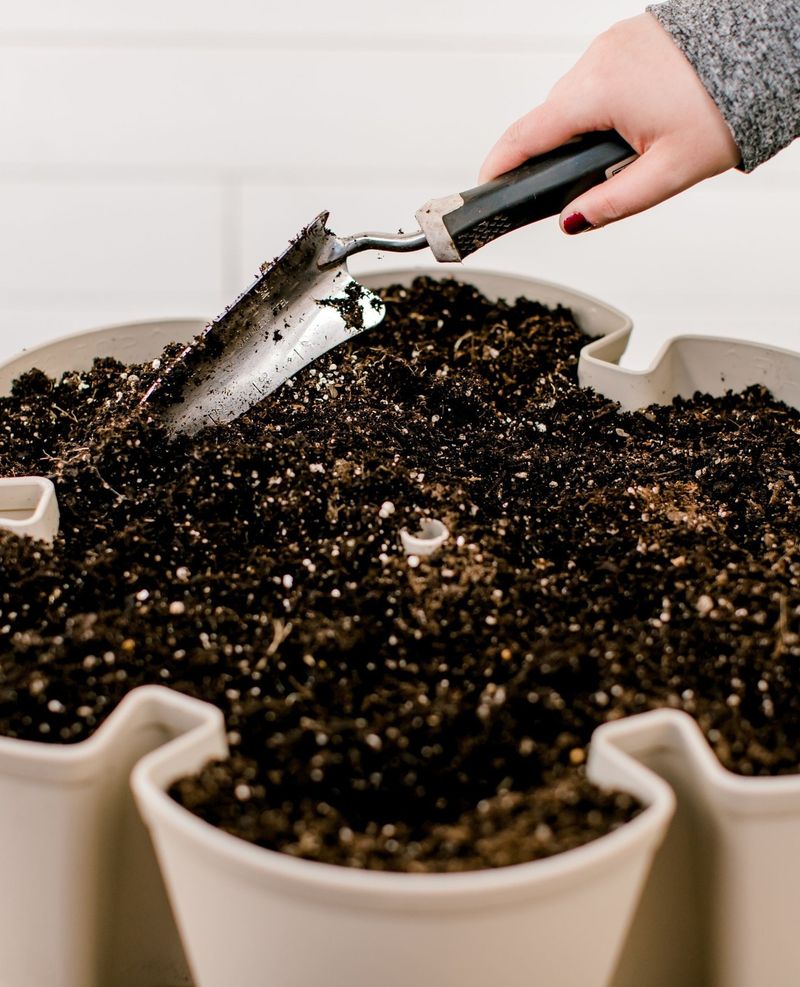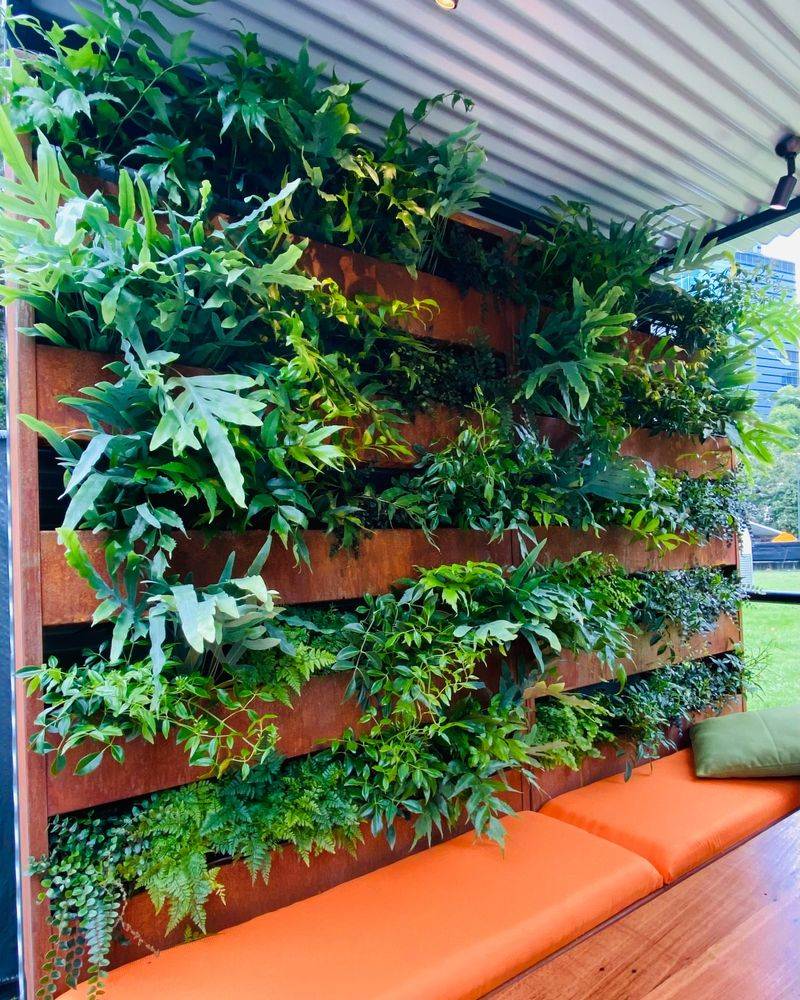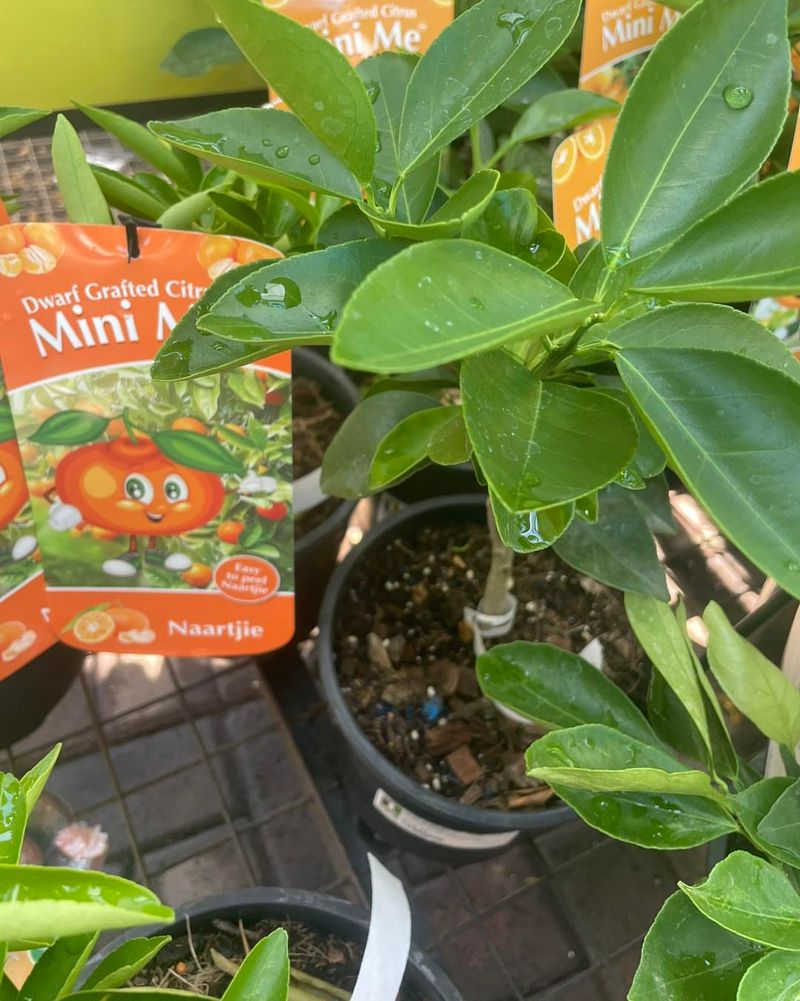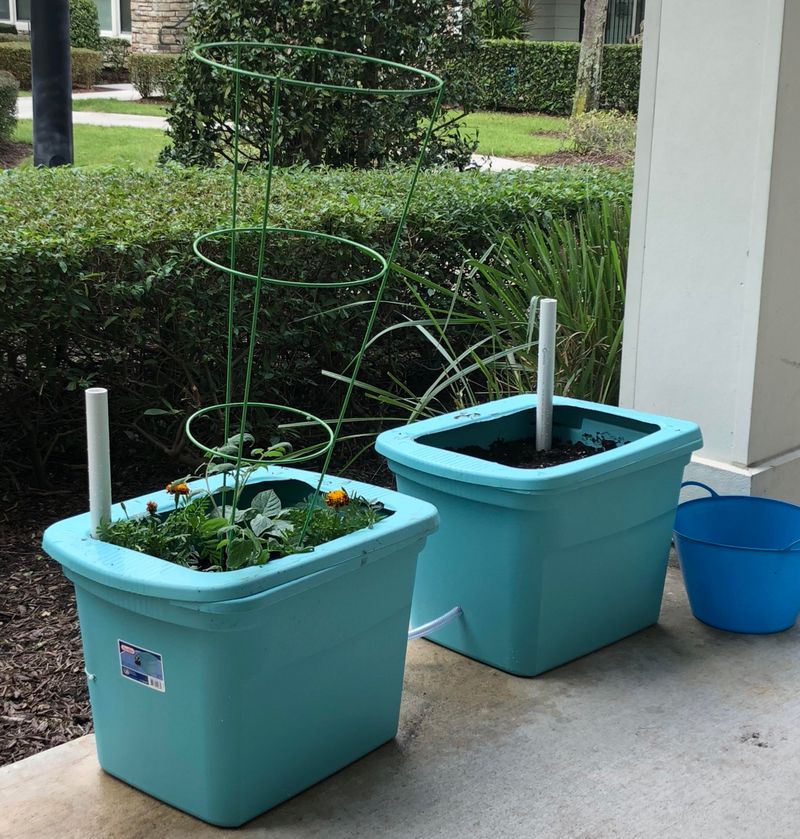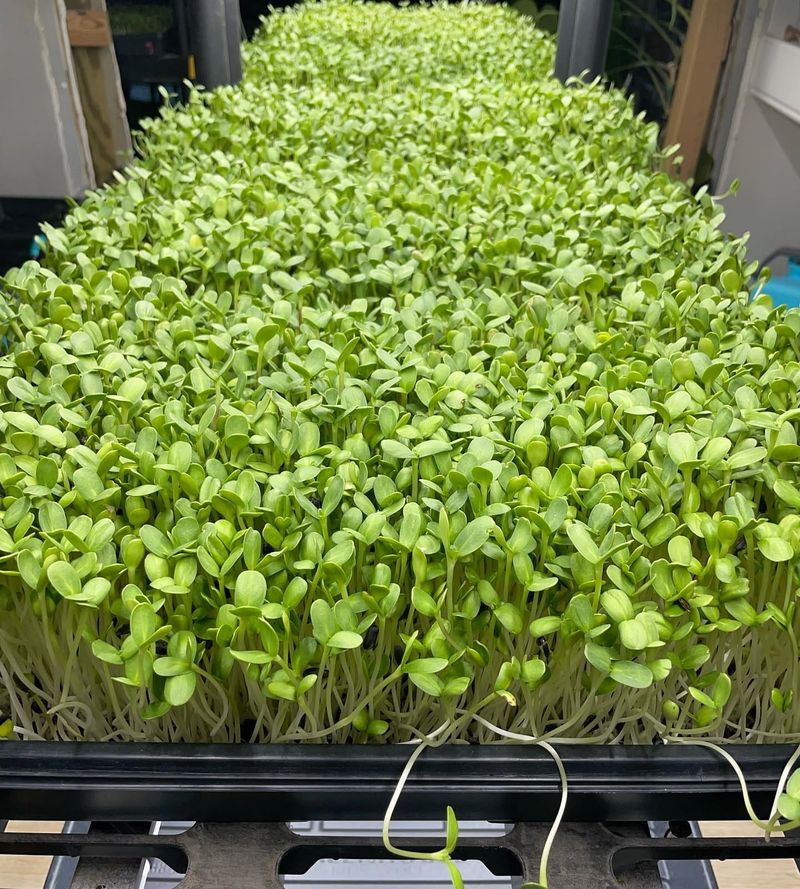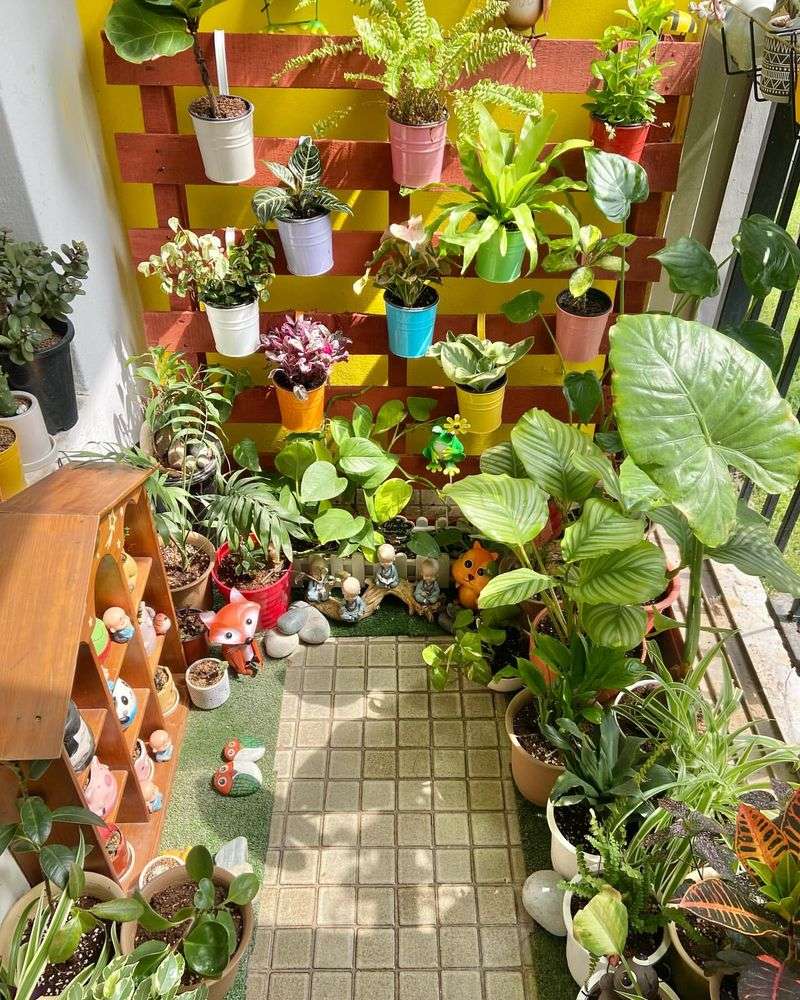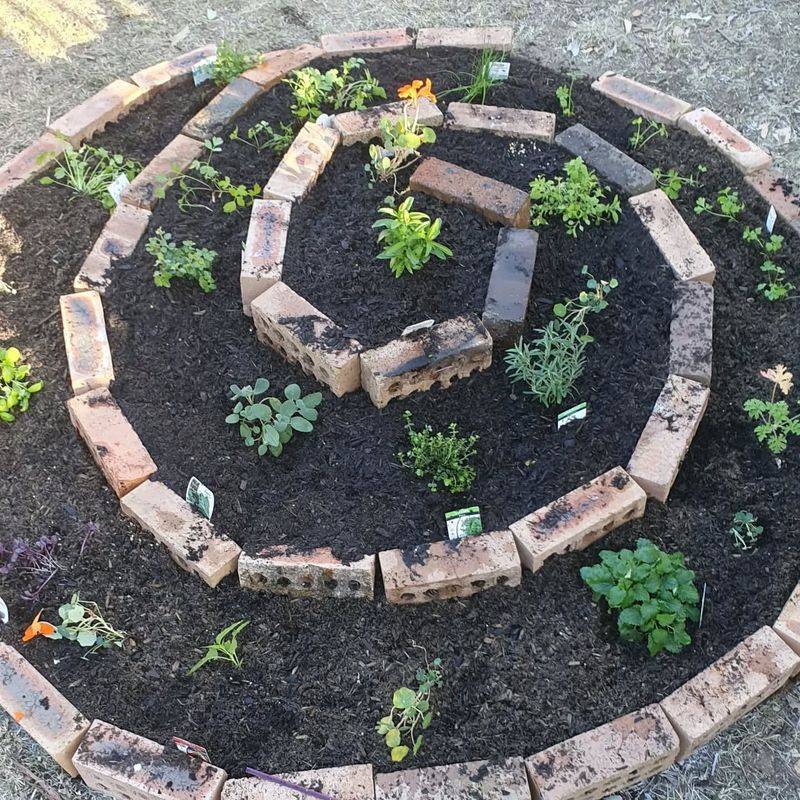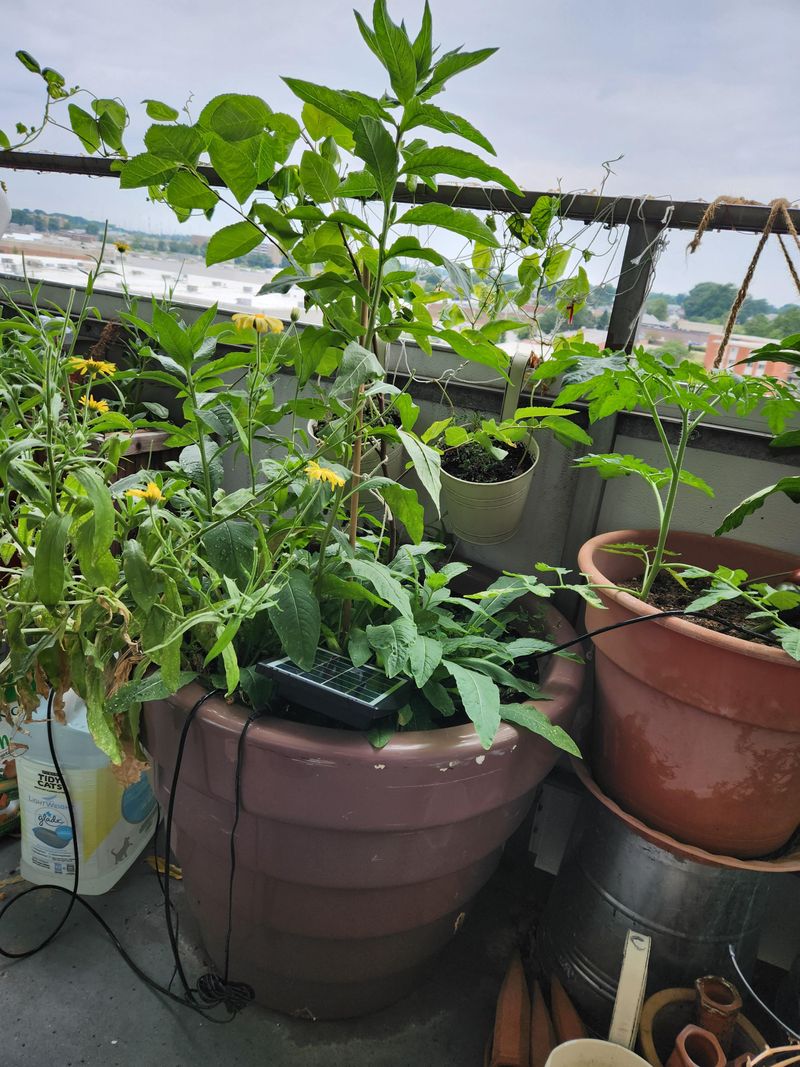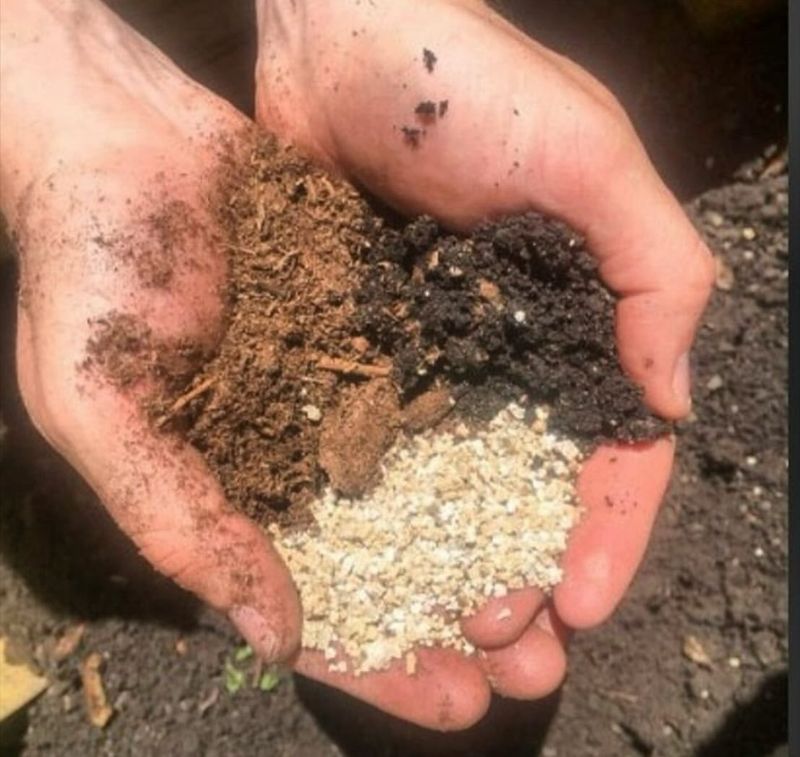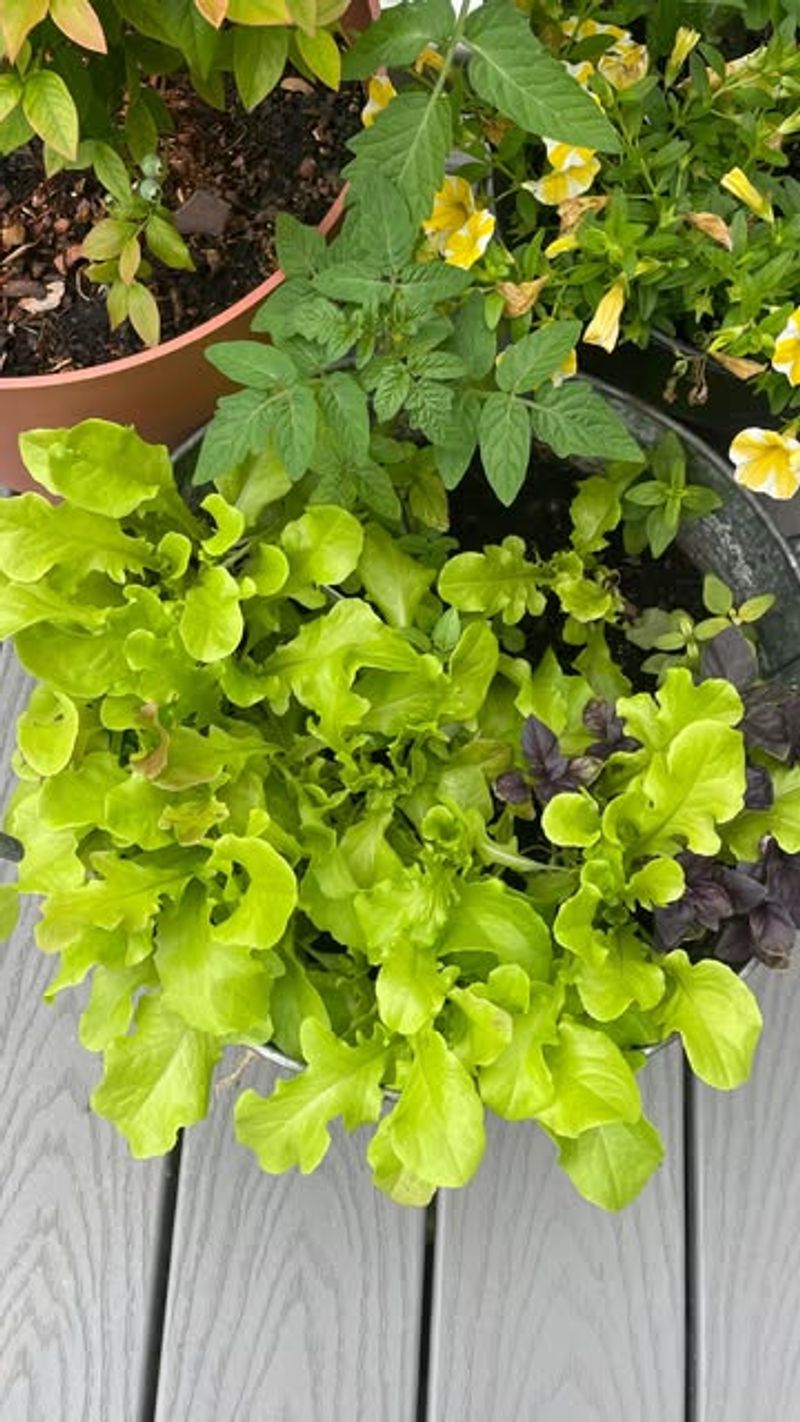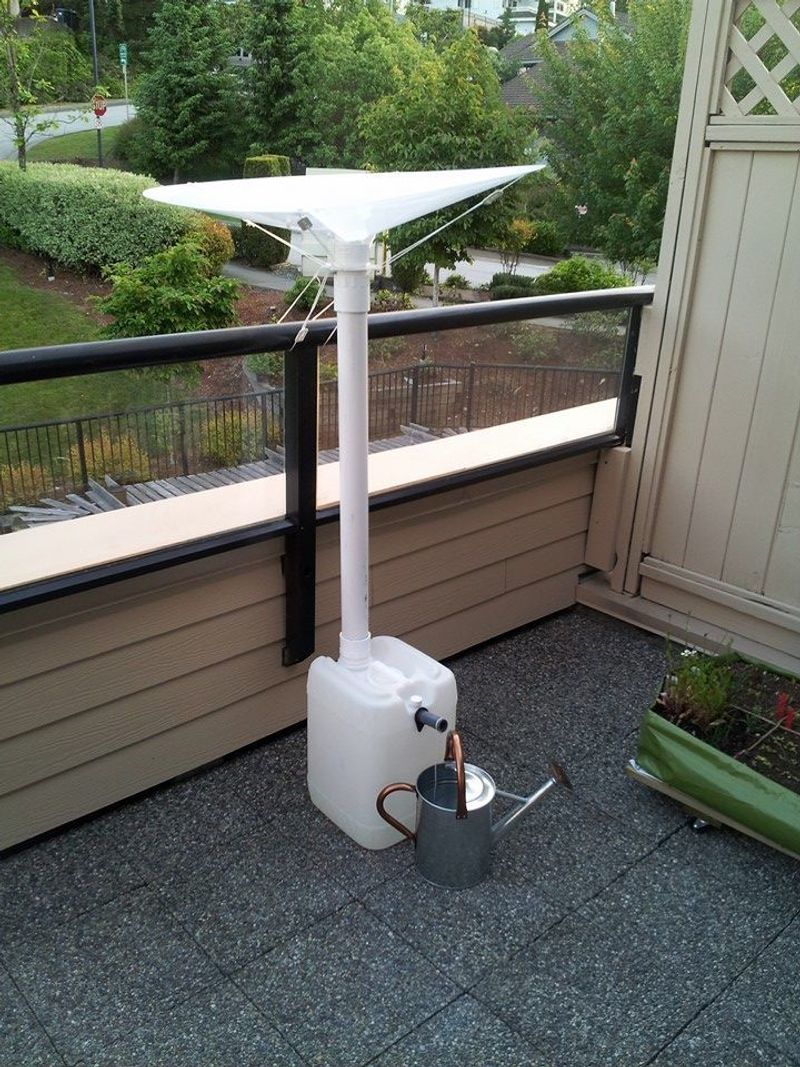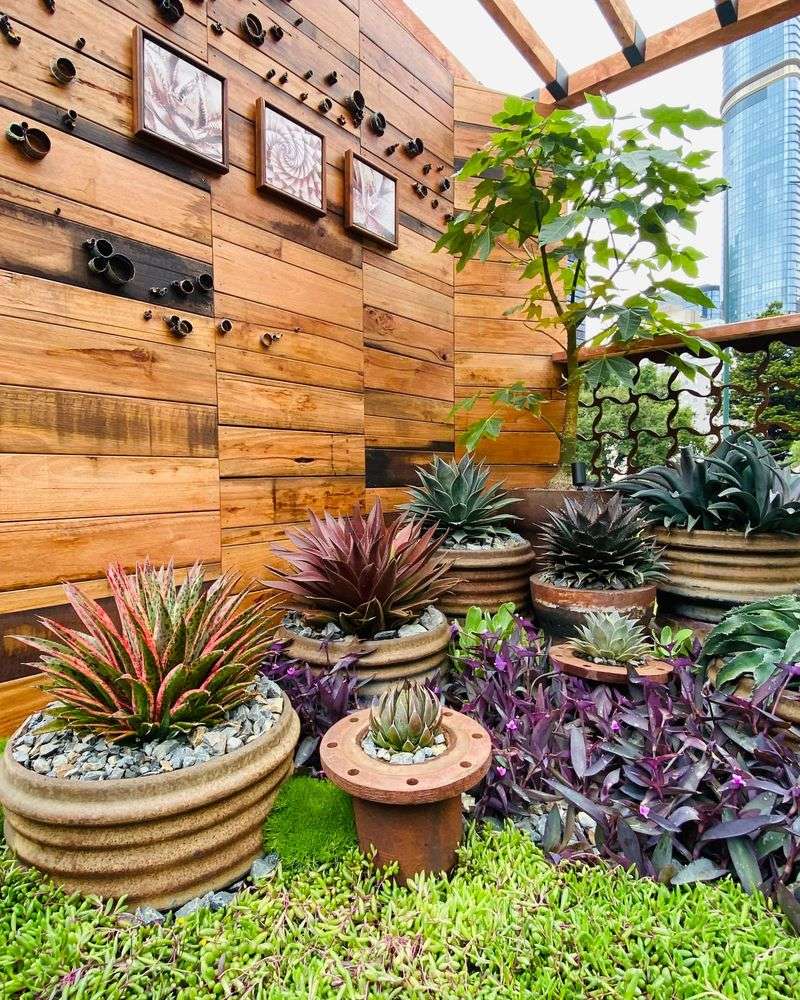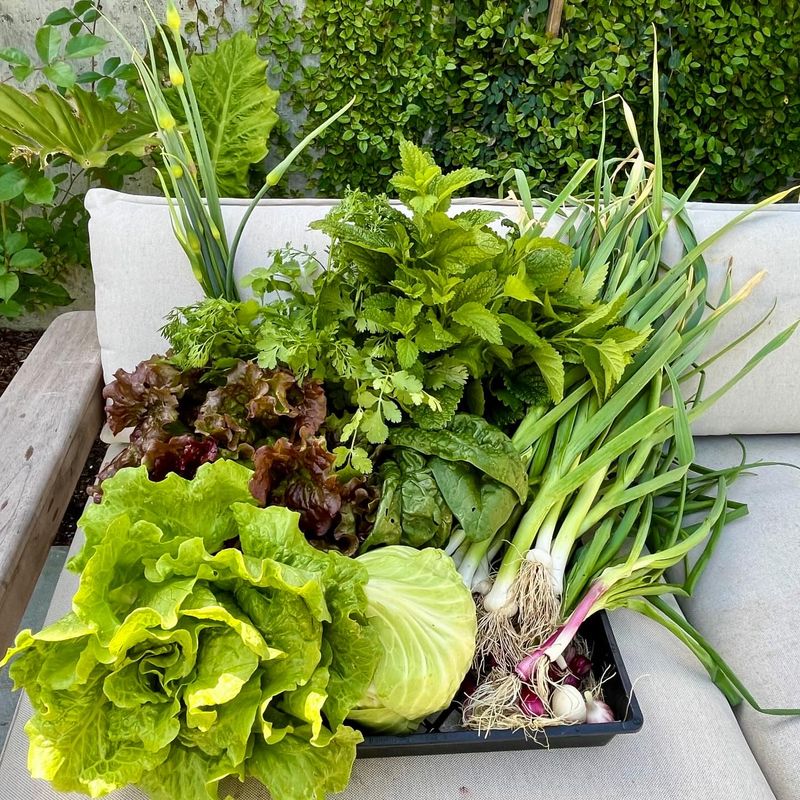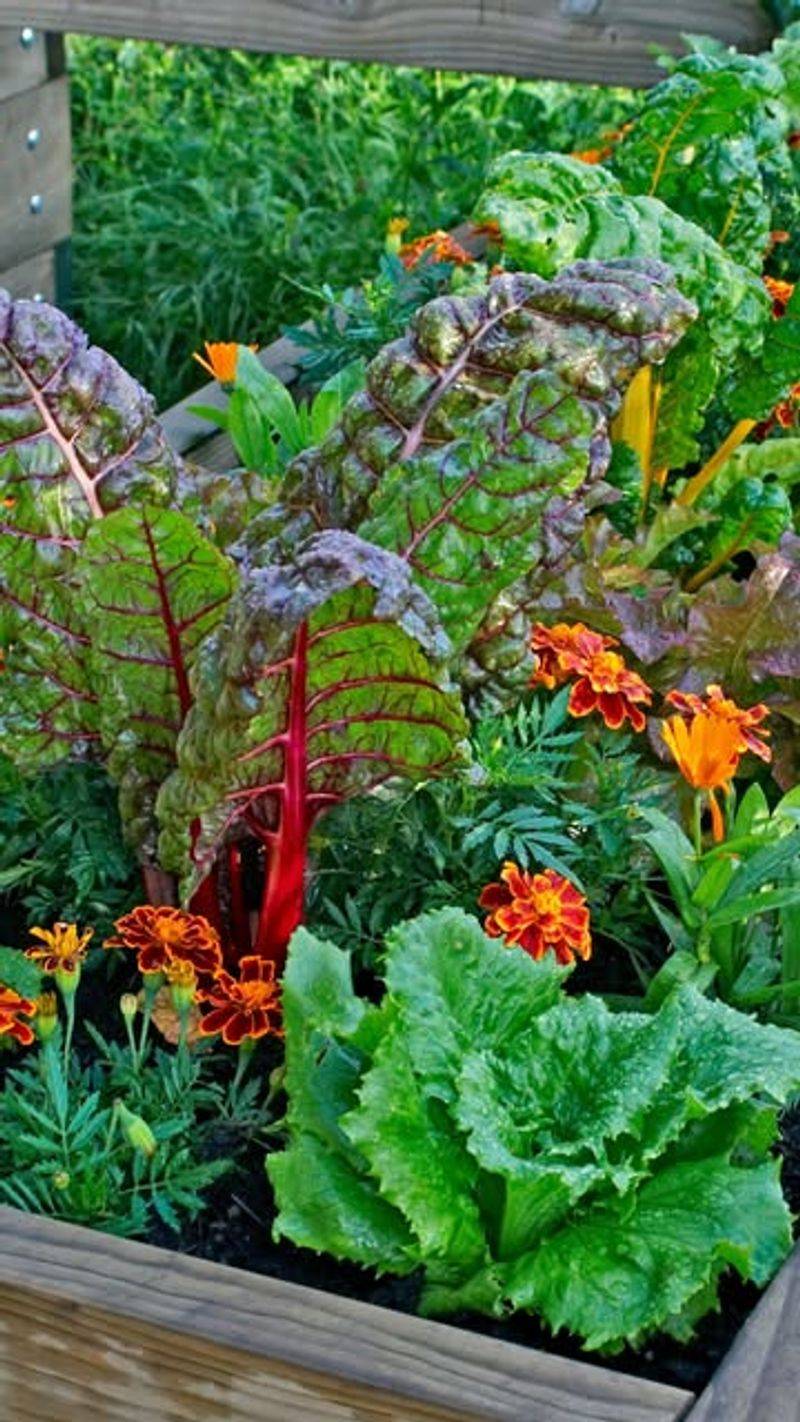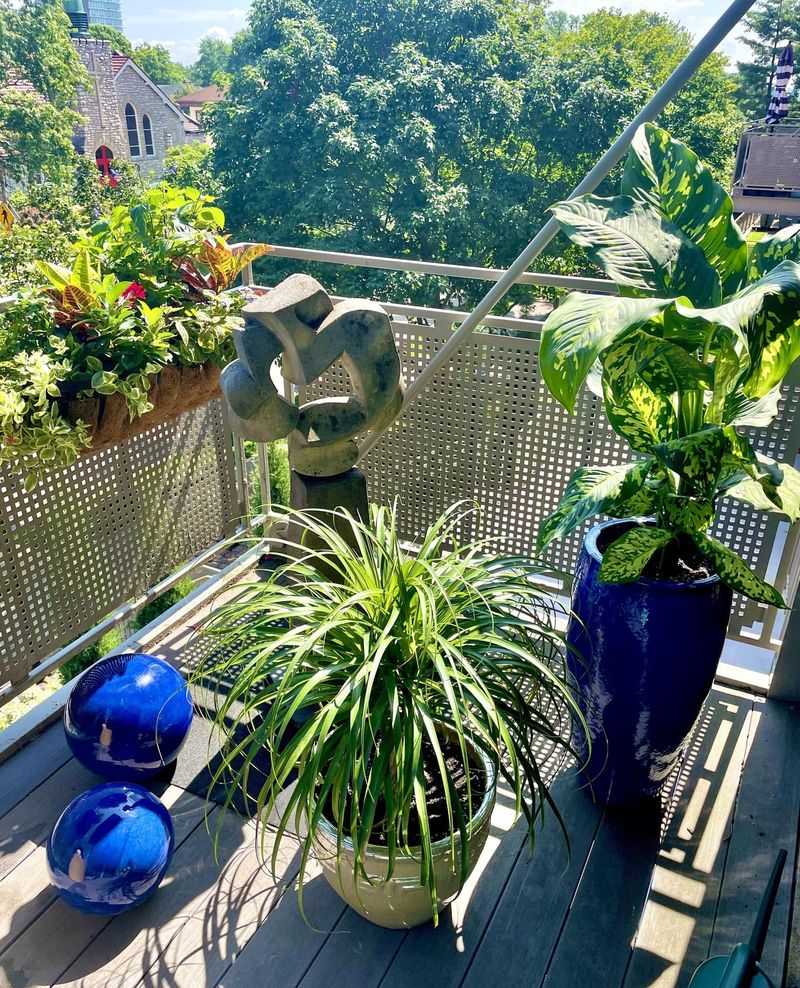Your balcony might be small, but it’s packed with potential. Across New York, gardeners are turning tight outdoor spaces into thriving edible escapes—full of herbs, greens, tomatoes, and even fruit. No yard, no problem.
With a few smart containers, the right light, and space-saving tricks, your balcony can go from concrete corner to fresh harvest haven.
1. Pick The Right Containers
Lightweight containers work best on balconies where weight limits matter. Fabric grow bags, plastic pots, and even repurposed buckets can make excellent homes for your plants.
The ideal container has drainage holes and is deep enough for root growth. For herbs, 6-inch pots work great, while tomatoes and peppers need at least 12 inches of depth to thrive properly.
2. Maximize Vertical Space
Wall-mounted planters and hanging baskets instantly multiply your growing area without taking up precious floor space. Trellises leaning against walls can support climbing plants like cucumbers and beans.
Tiered plant stands create a cascade effect while accommodating numerous pots in the footprint of just one. Even railings become valuable real estate when fitted with special railing planters designed to hang securely.
3. Choose Dwarf Varieties
Specially bred compact plants deliver full-sized harvests without hogging space. ‘Patio Baby’ eggplants, ‘Tiny Tim’ tomatoes, and ‘Fairytale’ peppers were created specifically for container growing.
Many seed companies now offer entire lines dedicated to balcony and patio gardens. Look for keywords like ‘bush,’ ‘compact,’ ‘container,’ or ‘dwarf’ when selecting varieties to ensure they’ll stay manageable in your limited space.
4. Create A Self-Watering System
Busy New Yorkers can’t always water twice daily during summer heat waves. Self-watering containers with built-in reservoirs keep plants hydrated for days between refills.
DIY options include using plastic bottles with small holes inserted upside-down in soil. More sophisticated drip irrigation systems can be connected to timers, ensuring your plants get consistent moisture even when you’re working late or away for the weekend.
5. Master Microgreens
The ultimate space-efficient crop, microgreens grow from seed to harvest in just 7-14 days. Shallow trays filled with an inch of soil can produce nutritional powerhouses like sunflower shoots, pea shoots, and radish tops.
Their intense flavors make them perfect garnishes for sandwiches and salads. Since they’re harvested so young, you can replant immediately after cutting, creating a perpetual growing system in minimal space.
6. Find The Sun Pockets
Many NYC balconies face building shadows or get only partial sunlight. Map your balcony’s sun patterns by observing sunny spots at different times throughout the day.
Place sun-lovers like tomatoes and peppers where they’ll get maximum rays. Leafy greens and herbs can thrive in partially shaded areas. Some balconies might only receive morning sun, making them perfect for cool-season crops like lettuce.
7. Embrace Herb Spirals
Herb spirals pack multiple plants into a compact, three-dimensional growing space. The elevated design creates microclimates – sunny spots for rosemary and thyme at the top, with moisture-loving mint and parsley at the bottom.
Build a mini version using a large container filled with soil mounded into a spiral shape. Edge with stones to prevent erosion. This ancient permaculture technique transforms a single pot into a diverse herb garden.
8. Companion Plant Strategically
Maximize every inch by pairing plants that help each other thrive. Basil planted alongside tomatoes improves their flavor while repelling pests. Marigolds ward off insects while adding cheerful color to vegetable containers.
Fast-growing radishes can share space with slower carrots, marking their rows and being harvested before the carrots need extra room. These symbiotic relationships create healthier plants while saving precious balcony real estate.
9. Lighten Your Soil
Regular garden soil becomes concrete-heavy in containers. Create a lightweight, nutrient-rich growing medium by mixing equal parts compost, coconut coir, and perlite or vermiculite.
This blend retains moisture while allowing proper drainage and aeration. It also weighs significantly less than standard potting soil – crucial for balconies with weight restrictions. Avoid moisture-control potting mixes, as they can waterlog plants during NYC’s rainy periods.
10. Grow Salad Bowls
Wide, shallow containers can produce enough salad greens for daily harvests in just one square foot. Mix quick-growing varieties like arugula, spinach, and loose-leaf lettuce for a continuous supply.
Harvest by snipping outer leaves while leaving the growing center intact. The plants will keep producing for weeks or months. Sow new seeds every two weeks in small sections to ensure your salad bowl never empties.
11. Install Rain Catchers
Miniature rain barrels designed for balconies can collect valuable water during storms. Models as small as 5 gallons attach to downspouts or sit under drip lines to capture free irrigation water.
Plants prefer rainwater’s natural pH and lack of chemicals found in tap water. During summer, when NYC can experience water restrictions, your stored rainwater becomes even more valuable. Some compact systems even include built-in watering cans for easy distribution.
12. Plan For Wind Protection
High-rise balconies face brutal wind conditions that can damage plants and dry out soil rapidly. Create windbreaks using decorative screens, canvas panels, or even strategic placement of sturdier plants.
Group containers closely together so plants shelter each other. Securing tall plants to railings prevents toppling during gusty days. Wind-resistant varieties like compact kale and sturdy bush beans stand up better to breezy conditions than delicate seedlings.
13. Focus On High-Value Crops
Precious balcony space deserves plants that deliver maximum return. Cherry tomatoes, fresh herbs, and specialty greens would cost a fortune at NYC farmers’ markets but grow easily in containers.
Avoid space-hogging, low-value crops like standard cabbage or corn. Instead, grow expensive items like colorful heirloom tomatoes, fresh basil, and gourmet lettuces. A single well-tended herb plant can provide $30+ worth of fresh leaves throughout a season.
14. Implement Succession Planting
Keep your garden productive year-round through careful timing. As spring radishes finish, replace them with heat-loving basil. When summer tomatoes fade, plant fall spinach in the same container.
NYC’s growing season extends from March through November with proper planning. Map out your succession schedule based on typical frost dates. Some cool-weather crops like kale can even survive winter on protected balconies, providing fresh harvests during the coldest months.
15. Create Pollinator Patches
Even 20 stories up, bees and butterflies will find your balcony if you plant flowers among your vegetables. Edible flowers like nasturtiums and borage attract pollinators while adding color to your salads.
Better pollination means improved yields on tomatoes, peppers, and other flowering vegetables. Marigolds, zinnias, and cosmos take up minimal space while supporting beneficial insects. Even in Manhattan’s concrete landscape, these tiny habitats support crucial urban biodiversity.


